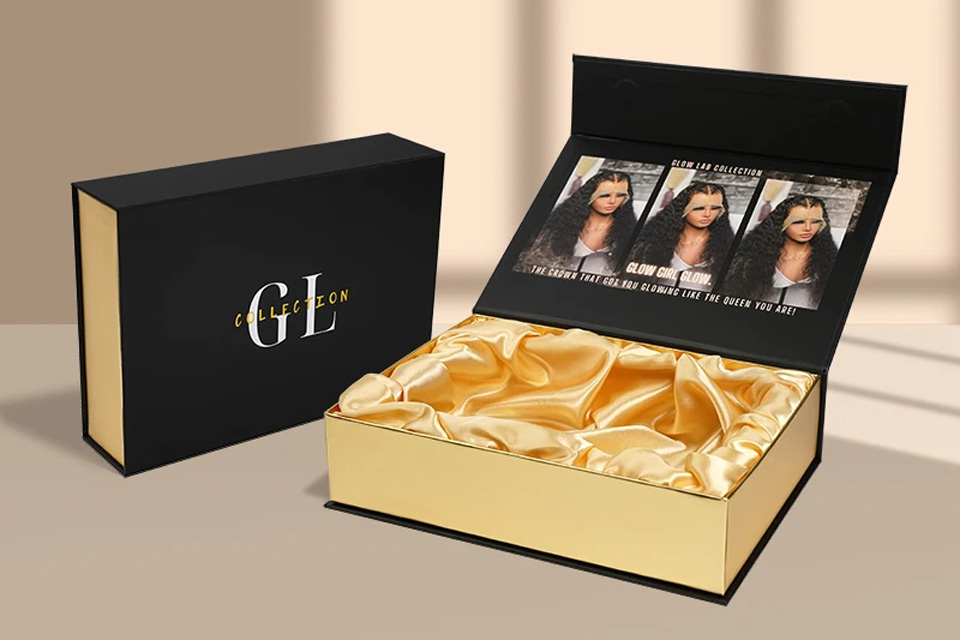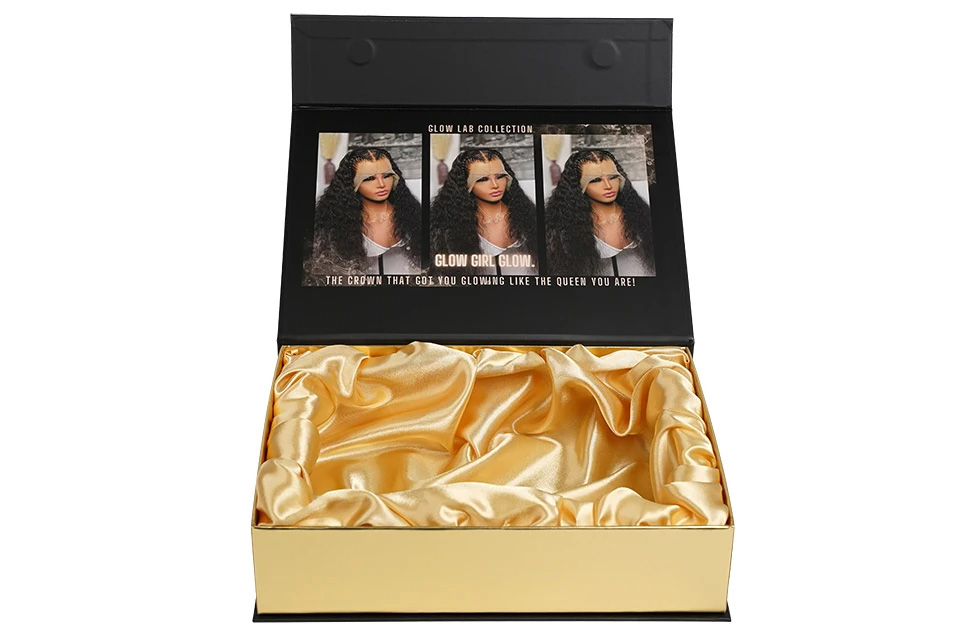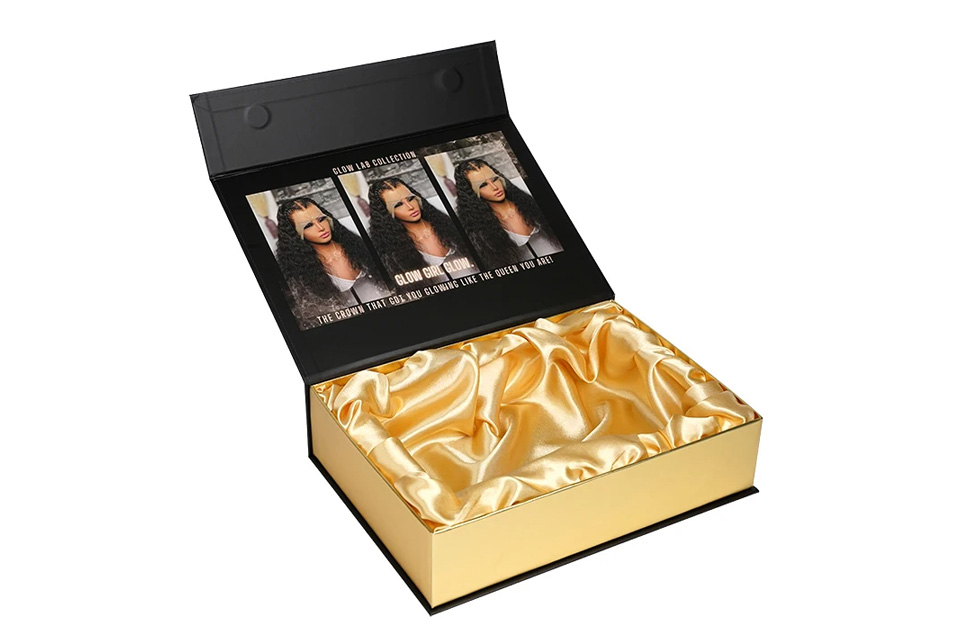Five design revolutions in clean beauty packaging
Five design revolutions in clean beauty packaging
Under the current situation of loose regulation in the beauty industry, global consumers are turning to clean beauty products at an average annual rate of 15% (according to the "2025 Global Beauty Industry White Paper"). This consumer revolution driven by health awareness has not only reconstructed product ingredient standards, but also promoted the transformation of packaging design from functional containers to brand narrative carriers. This article will analyze the five essential core elements of contemporary clean beauty packaging and reveal the consumer psychology and sustainable development wisdom behind it.
1. Transparent narrative: Building a visual bridge of trust
Transparent packaging has broken through the display function at the physical level and evolved into a medium for brands and consumers to establish a contractual relationship. The "Ingredient Visualization" series launched by Estee Lauder Group in 2024 uses a three-layer composite perspective technology to display the texture of the product while directly presenting the molecular structure of key ingredients on the bottle through UV printing. This "technological transparency" design increases product trust by 42% (Nielsen 2024 Beauty Research Data), which is more professional and persuasive than the traditional die-cut window design.
Advanced practice suggestions:
- Use spectral analysis labeling technology to scan the code to view the traceability information of ingredients
- Develop a "transparency index" labeling system, such as the Clean at Sephora certification standard
- Refer to the "laboratory style" packaging of South Korea's COSRX and use scale labels to display the concentration of active ingredients
2. Circular Revolution: Three Dimensions of Material Innovation
Sustainable packaging has evolved from a one-dimensional environmental protection demand to a systematic solution. LG Chem's latest "supercritical pyrolysis oil" technology can convert waste plastics into PCR raw materials, reducing the carbon footprint of packaging by 68%. This "cradle-to-cradle" closed-loop design is driving three major innovation directions:
-
Substrate revolution: Mushroom mycelium growth packaging (Ecovative patented technology) achieves 28-day natural degradation
-
Structural optimization: L'Oreal's "waterless concentrate" series reduces packaging volume by 73% through a three-dimensional folding structure
-
Smart recycling: Unilever pilots NFC chip implantation in packaging to guide consumers to participate in recycling incentive programs
3. Minimalist aesthetics: business philosophy in subtraction
The essence oil packaging of the Korean brand "Too Good" uses monochrome glazed glass and 0.3mm ultra-fine font layout to create an artistic effect of "visual blanking", and topped the Olive Young sales list three months after its launch. Behind this "restrained aesthetics" is a precise consumer insight:
- 78% of millennials believe that simple design is equivalent to professional credibility (WGSN2025 Trend Report)
- Guiding visual movement through negative space composition, the recognition speed of key information is increased by 0.8 seconds
- Modular design enables SKU expansion, such as Fenty Skin's magnetic replacement system
4. Sensory Theater: Five-dimensional Experience Reconstruction
Experiential packaging is breaking through the traditional tactile dimension and evolving towards multi-sensory immersion. Chanel's 2024 limited edition perfume series uses microcapsule technology to make the packaging emit intermittent scents synchronized with the fragrance, and uses embossed touch to simulate the texture of petals to create a "smell-touch" synesthesia experience. This "five-dimensional design rule" includes:
-
Touch: gravel coating simulates product texture (such as the frosted tube of Fresh Sugar Mask)
-
Hearing: the "click" sound of the magnetic buckle strengthens the sense of ritual of use
-
Smell: plant essential oil micro-infiltration technology (first invented by Aesop)
-
Vision: photochromic ink shows product activity (Clinique ID series)
-
Taste: food-grade coating triggers psychological associations (Lush lipstick series)
5. Intelligent interaction: packaging is the interface
The digital revolution of packaging has given birth to the concept of "fourth screen". Estee Lauder Group's latest "Skin Dialogue" series triggers mobile phone skin diagnosis through AR packaging, and its NFC chip can record the opening time and remind the expiration date. This "smart skin" system achieves three major breakthroughs:
-
Data precipitation: Analyze consumer usage habits to optimize product iteration
-
Precision marketing: Push personalized content based on scanned geographic location
-
Anti-counterfeiting traceability: Blockchain technology ensures supply chain transparency
Technology matrix:
-
Conductive ink: L'Oréal's "touchable" ingredient description
-
Temperature sensing: La Roche-Posay UV detection sticker
-
Flexible electronic screen: Dior's future concept packaging
Conclusion: Meta-narrative of clean beauty packaging
When packaging evolves from a silent container to a carrier of brand value, its design logic is undergoing a fundamental change. The "clean packaging ecosystem" composed of five major elements is essentially to convey spiritual value through material form - building trust in transparency, practicing responsibility in circulation, interpreting professionalism with simplicity, creating resonance through experience, and connecting the future with intelligence. This is not only an innovation in packaging design, but also a creative response of the beauty industry to the era of sustainable consumption.



